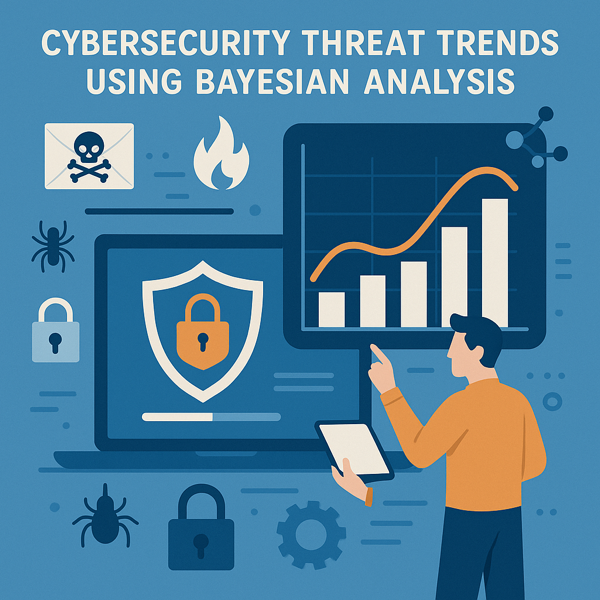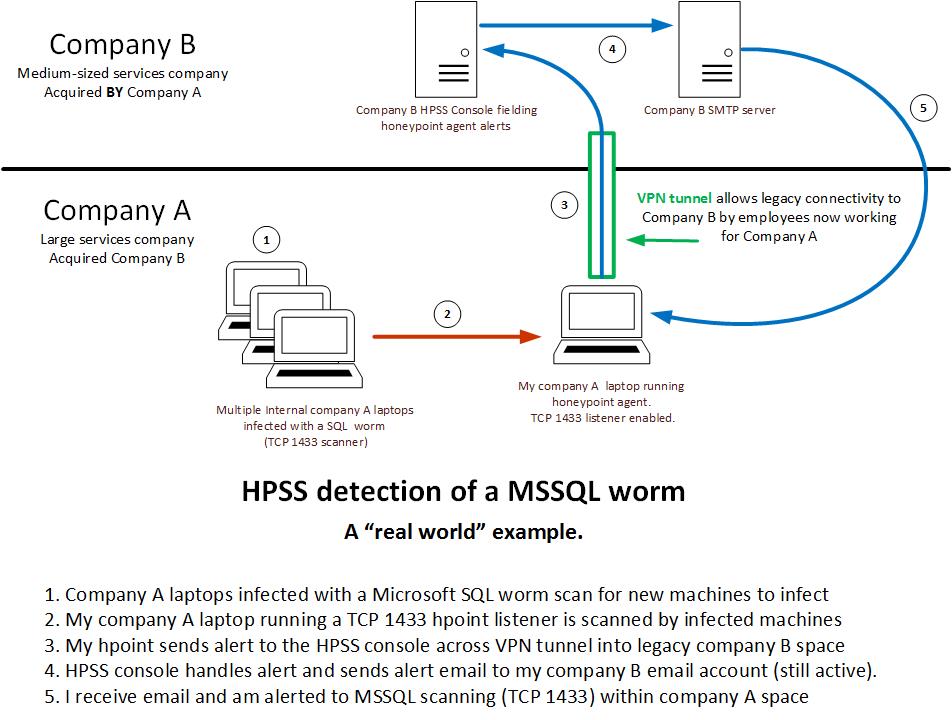I was recently asked to discuss how attackers view parts of the logistics industry with some folks from a research group. As a part of that, I performed a very quick OSINT check against a handful of randomly chosen logistics firms set around a specific US geographic area. Using our proprietary SilentTiger™ passive assessment platform, we were able to quickly and easily identify some specific patterns. We allowed the tool to only complete the first step of basic foot printing of the companies and analyzed less than 10% of the total data sources that a full run of the platform would access.
This quick approach lets us learn about some of the basic threat densities that we know are common to different industries, and gives MSI a rough idea of comparison in terms of security maturity across a given industry. With a large enough data set, very interesting patterns and trends often emerge. All findings below are based on our small geographic sample.
In this case, we quickly identified that our sample set was not as mature in their phishing controls as other industries. There were substantially more overall phishing targets easily identified across the board than other industries we’ve sampled (we mined 312 targets in 60 seconds). However, the platform ranks the threats against the identified phishing targets using basic keyword analysis against the mined email addresses, and in this case, the good news is that only 3 “critical risk” target accounts were identified. So, while the engine was able to mine more accounts in a minute than other industries with similar sized samples, the number of critical accounts mined in a minute was quite a bit less than usual. We ranked their maturity as low, because in addition to the number of mined accounts, the platform also found specific histories of this attack vector being exploited, some as recent as within 3 days of the study.
The study set also showed issues with poor DNS hygiene to be prevalent across the study group. Leaking internal IP address information and exposure of sensitive information via DNS was common across the data set. Many of the companies in the data set also exposed several dangerous host names that attackers are known to target to the Internet. Overall, 67 sensitive DNS entries were found, which is again significantly higher than other similar industry datasets. When compared against highly regulated industry data sets of similar size, the logistics industry sample shows an 18% increase versus average with regard to poor DNS hygiene. This likely increases the probability of focused targeting against what is commonly viewed as weaker targets – translating to increased risk for the logistics industry.
Lastly, the data set also demonstrated the logistics industry to be plagued with the use of plain text protocols. Telnet and FTP exposures were the norm across the data set. Given the known dependence on flat file, EDI and other plain text operations data across the logistics industry, the maturity of controls surrounding these exposures seems to be relatively low. In some cases, anonymous FTP was also in use and exposed operational data (we have notified the companies of the issue) across the Internet. This is a significant problem, and represents a clear and present danger to the operations of these firms (according to the sources we talked with about the issue). We also identified attacker conversations around this issue, and the presence of these targets on attacker lists of compromised hosts or hosts to use for covert data exchange!
Obviously, if you are a security person for a logistics firm, these points should be used for a quick review of your own. If you’d like to discuss them or dive deeper into these issues, please don’t hesitate to get in touch with MSI (@microsolved) or give us a call for a free consultation. As always, thanks for reading, and until next time, stay safe out there!


